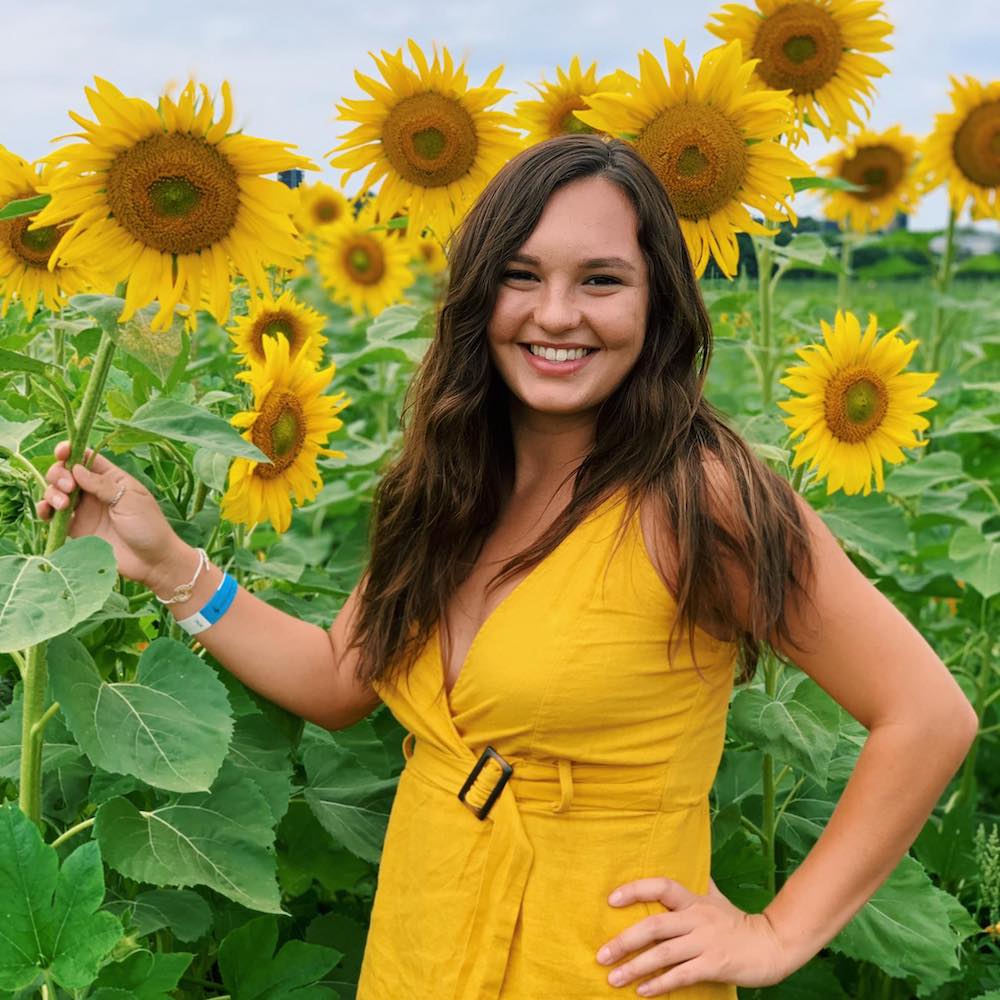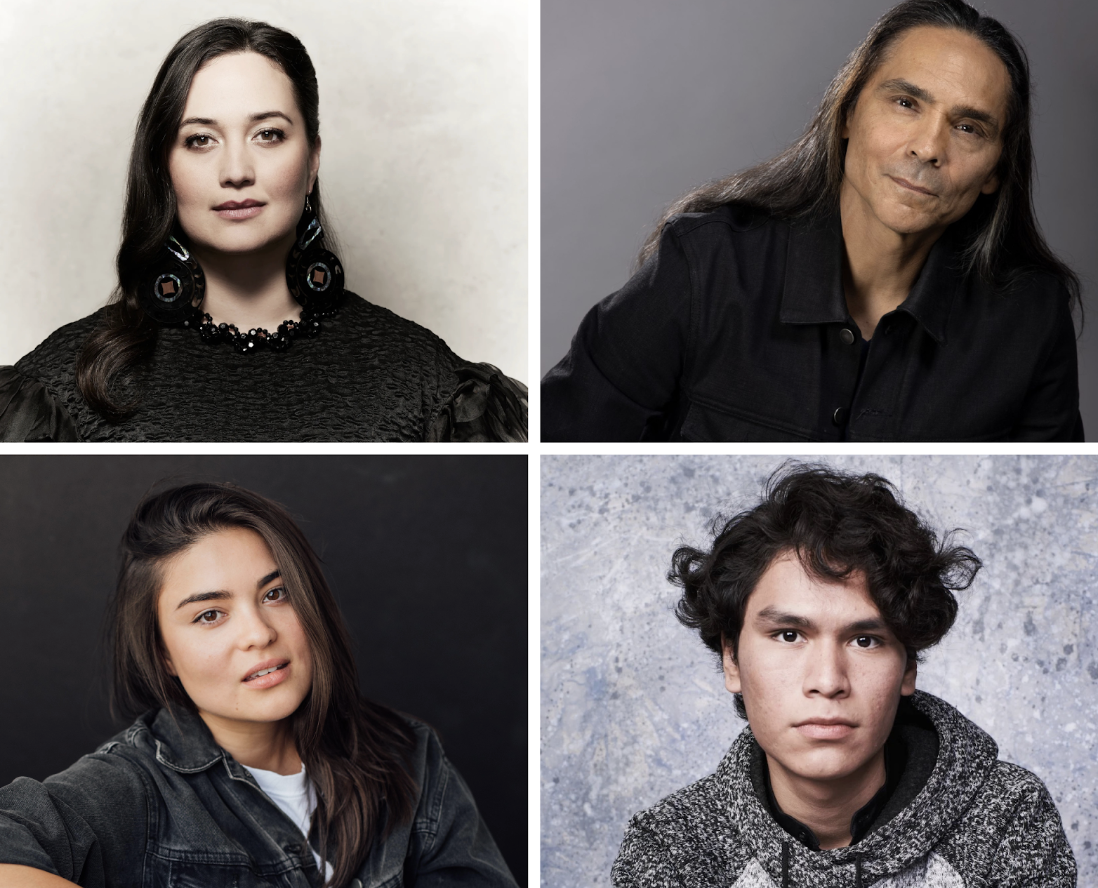
- Details
- By Kaili Berg
Lily Gladstone (Blackfeet, Nez Perce)
The "Killers of the Flower Moon" star made history as the first Native woman to win a Golden Globe and be nominated for an Oscar for Best Actress.
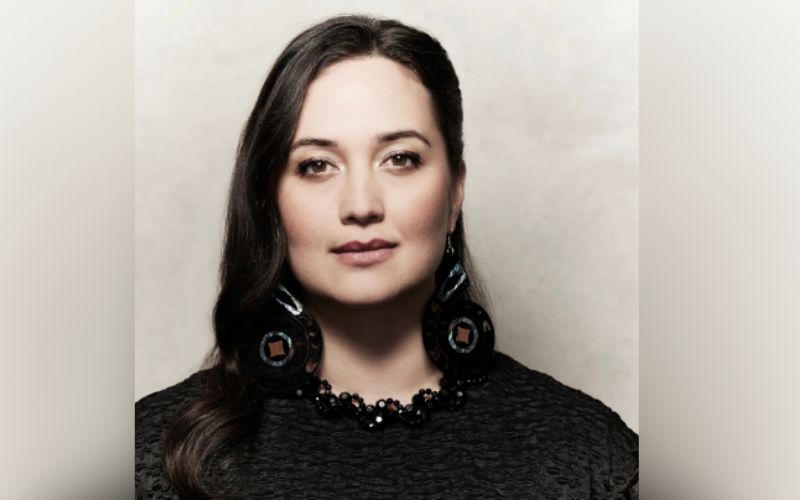
Zahn McClarnon (Lakota)
Best known for "Dark Winds" and "Reservation Dogs," McClarnon brings intelligence and intensity to every role. McClarnon's performances have made him one of television's most respected Native leads.
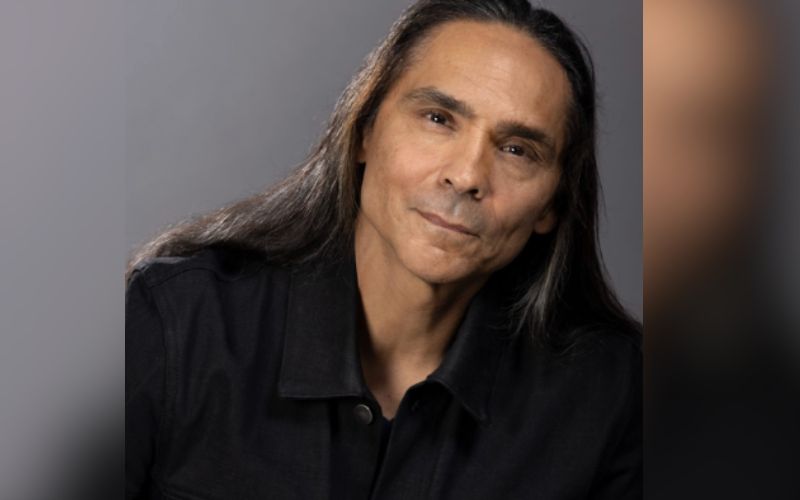
Mo Brings Plenty (Oglala Lakota)
Brings Plenty has most recently earned critical acclaim for his recurring role on Paramount's smash hit series "Yellowstone." He'll reprise the role in 2026's upcoming "Y: Marshalls."
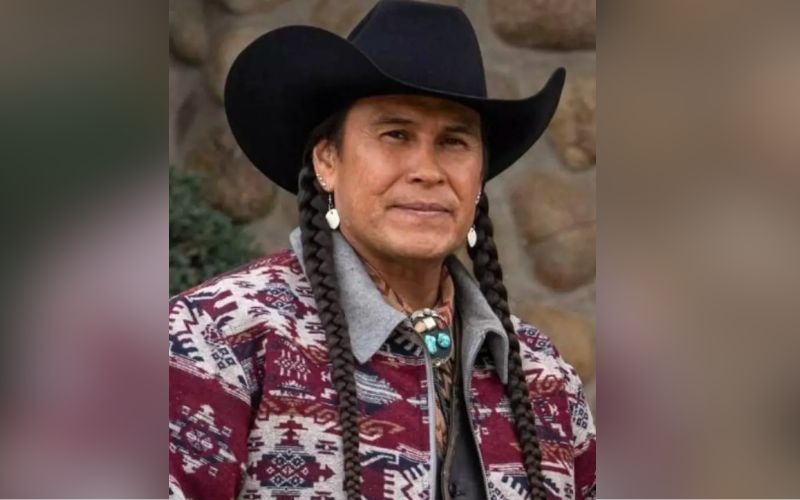
Kiowa Gordon (Hualapai)
From The Twilight Saga to "Dark Winds," Gordon's range has grown from blockbuster roles to culturally rooted storytelling. Gordon continues to expand Native visibility in both mainstream and Indigenous-centered storytelling.
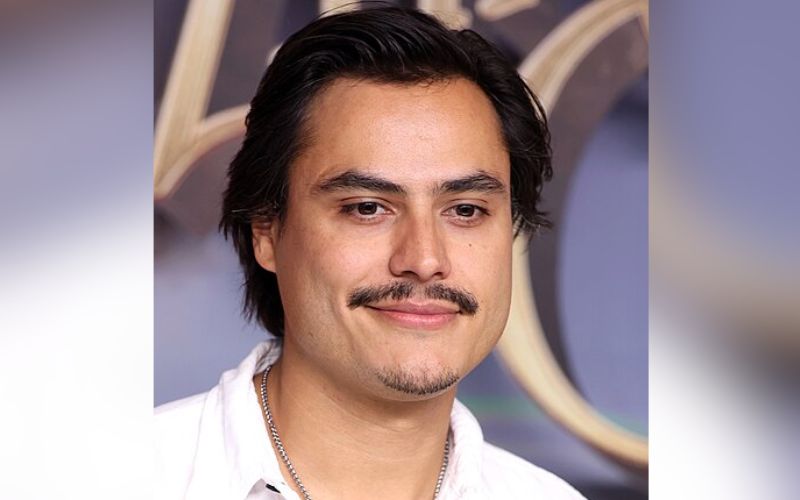
Jessica Matten (Métis, Cree)
Matten's roles in "Dark Winds" and Rez Ball spotlight strong, complex Native women. Off-screen, she advocates for Indigenous rights and greater opportunities for Native youth in entertainment.
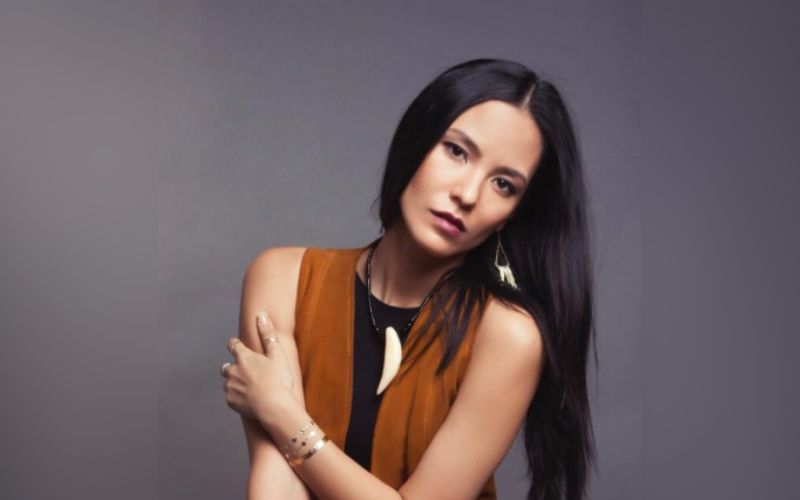
Devery Jacobs (Mohawk, Kahnawà:ke)
A star and writer on "Reservation Dogs," Jacobs pushes for Indigenous stories told by Indigenous people.
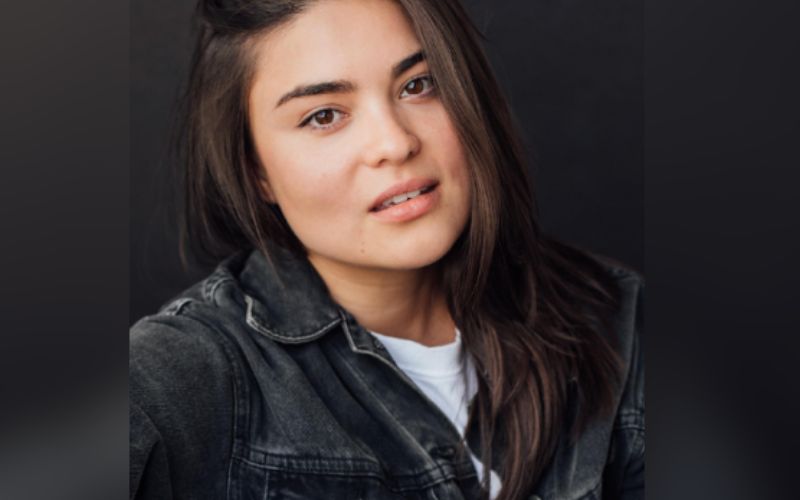
Wes Studi (Cherokee Nation)
An Academy Honorary Award winner, Studi broke barriers in classics like The Last of the Mohicans and Dances with Wolves. His career continues to influence Native representation across Hollywood.
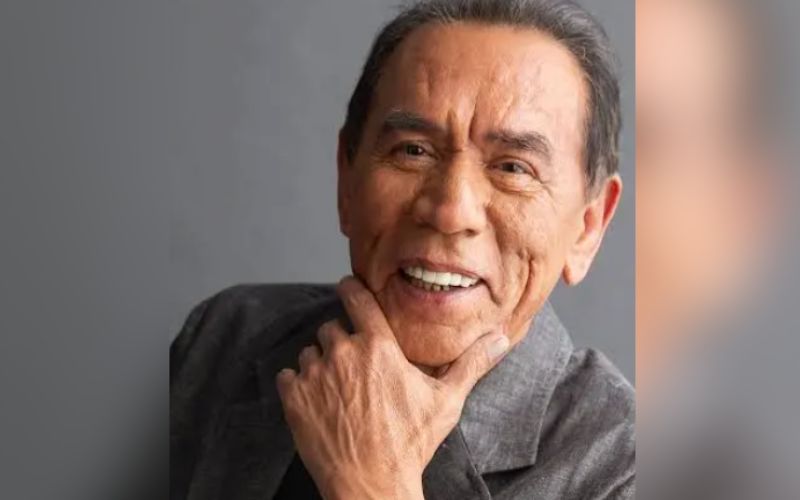
Tantoo Cardinal (Métis, Cree)
With more than 100 film and TV credits, Cardinal is a living legend. Her lifelong career represents strength, resilience, and commitment to accurate Indigenous storytelling, especially in Hollywood.
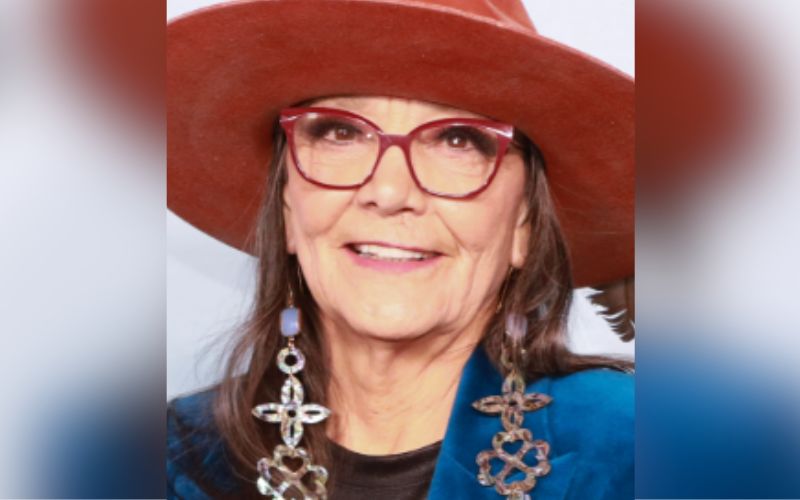
Michael Greyeyes (Plains Cree)
Greyeyes has earned critical acclaim for "Rutherford Falls," Crazy Horse, and Woman Walks Ahead, bringing layered portrayals of Native men to modern film and TV.
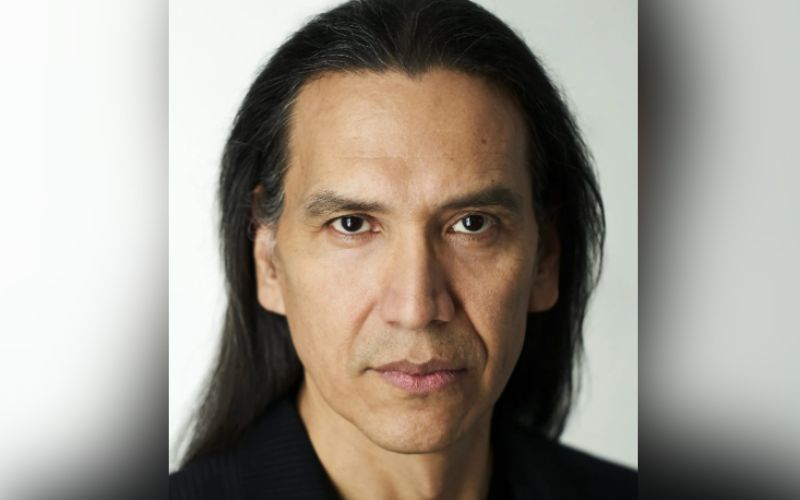
Kali Reis (Seaconke Wampanoag)
A professional boxer turned actress, Reis stars in "Catch the Fair One" and "True Detective," bringing power and authenticity to complex Native roles.
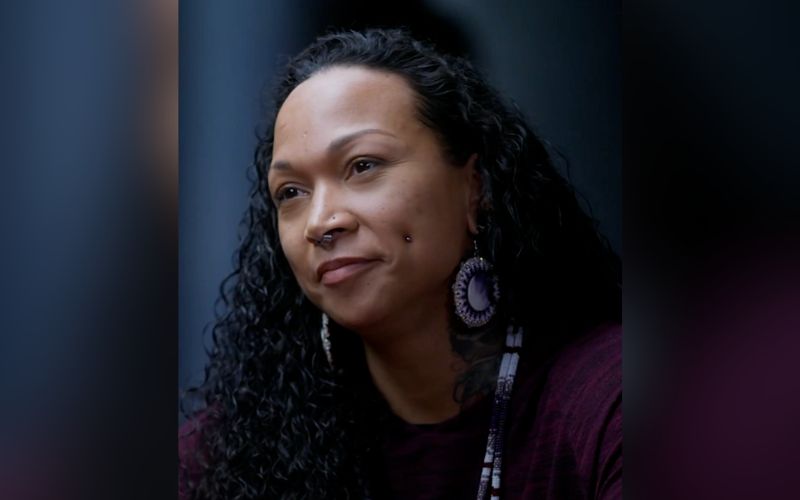
Forrest Goodluck (Diné, Mandan, Hidatsa, Tsimshian)
From "The Revenant" to" How to Blow Up a Pipeline", Goodluck is part of a new generation leading Indigenous cinema forward.
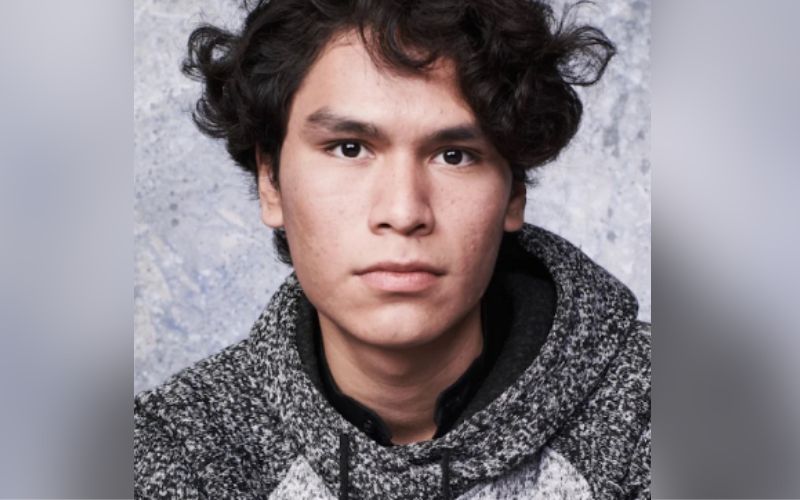
More Stories Like This
Five Native American Films You Should Watch This Thanksgiving WeekendHeavy metal is healing teens on the Blackfeet Nation
Over 150 Tribal Museums Participate in Fourth Annual Celebration of Native Life
New Book Showcases 250 Images by Indigenous Photographers Spanning Two Centuries
Help us tell the stories that could save Native languages and food traditions
At a critical moment for Indian Country, Native News Online is embarking on our most ambitious reporting project yet: "Cultivating Culture," a three-year investigation into two forces shaping Native community survival—food sovereignty and language revitalization.
The devastating impact of COVID-19 accelerated the loss of Native elders and with them, irreplaceable cultural knowledge. Yet across tribal communities, innovative leaders are fighting back, reclaiming traditional food systems and breathing new life into Native languages. These aren't just cultural preservation efforts—they're powerful pathways to community health, healing, and resilience.
Our dedicated reporting team will spend three years documenting these stories through on-the-ground reporting in 18 tribal communities, producing over 200 in-depth stories, 18 podcast episodes, and multimedia content that amplifies Indigenous voices. We'll show policymakers, funders, and allies how cultural restoration directly impacts physical and mental wellness while celebrating successful models of sovereignty and self-determination.
This isn't corporate media parachuting into Indian Country for a quick story. This is sustained, relationship-based journalism by Native reporters who understand these communities. It's "Warrior Journalism"—fearless reporting that serves the 5.5 million readers who depend on us for news that mainstream media often ignores.
We need your help right now. While we've secured partial funding, we're still $450,000 short of our three-year budget. Our immediate goal is $25,000 this month to keep this critical work moving forward—funding reporter salaries, travel to remote communities, photography, and the deep reporting these stories deserve.
Every dollar directly supports Indigenous journalists telling Indigenous stories. Whether it's $5 or $50, your contribution ensures these vital narratives of resilience, innovation, and hope don't disappear into silence.
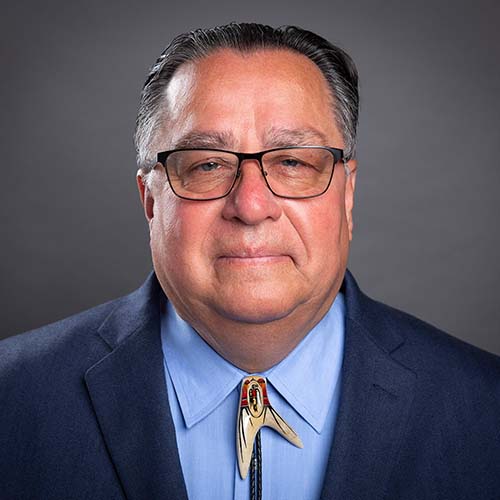 The stakes couldn't be higher. Native languages are being lost at an alarming rate. Food insecurity plagues many tribal communities. But solutions are emerging, and these stories need to be told.
The stakes couldn't be higher. Native languages are being lost at an alarming rate. Food insecurity plagues many tribal communities. But solutions are emerging, and these stories need to be told.
Support independent Native journalism. Fund the stories that matter.
Levi Rickert (Potawatomi), Editor & Publisher

